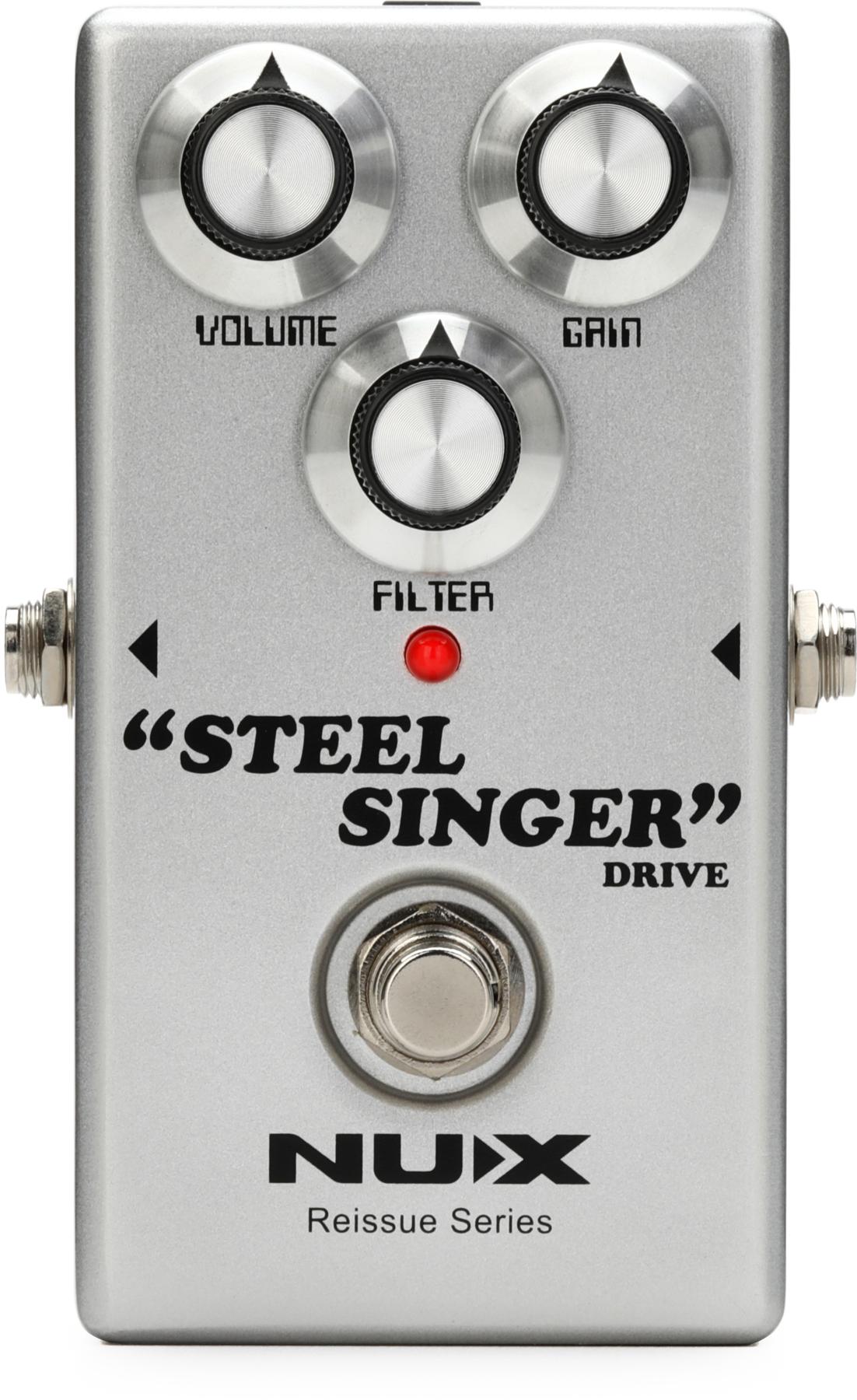Chops: Advanced
Theory: Beginner
Lesson Overview:
• Learn an essential gallop rhythm pattern.
• Build your picking-hand stamina.
• Move between basic rhythms at extreme tempos.
Click here to download MP3s and a printable PDF of this lesson's notation.
I remember being a young man studying guitar and saying dumb things to myself to create barriers in my mind to make things harder. For example, I imagined a hard line drawn in the sand between being a rhythm player or a lead player. I’d tell myself that lead guys learn all the scales and fast finger tricks, while the rhythm guys have rock-solid time and stronger hands. Just a bunch of garbage!
The truth is that to be a solid guitarist, you need the same set of tools to do both. Rhythm and lead are the same thing, if you’re thinking melodically. You need totally solid tempo to pull off a fast-picked run, and you need to be light on your fingertips to effortlessly move from chord to chord. In metal, lead and rhythm guitar duties share musical mojo. And that’s why I’m here today.
First of all, it’s fucking hard. Metal rhythm guitar takes a lot of right-hand focus, dexterity, and [insert a third word of your choice that makes it seem lofty] ... and all this in a fractional, hyper-calculated, centimeter’s distance. The left hand is pretty much fretting the lightning runs we do in lead playing, but on the lower strings, and usually in 1st position. I’ll get to that later.
Also, if you want to play along with the audio in this lesson, you’ll need to get some beefy strings and tune down two whole-steps to C standard (C–F–Bb–Eb–G–C). If you don’t want to venture into the drop-tuned universe, no worries, I’ve also provided drum-only tracks in the link above.
Playing metal rhythm guitar is something you have to maintain, because if you don’t, you’ll feel like when you haven’t gone to the gym in a while—sore and all over the place. Be sure to practice these exercises with, yes, a metronome. (You’d think I’d get a back-end deal on metronomes, considering how often I mention them in these lessons.)
A quick word about picking: It helps to hold your pick at a 45-degree angle as shown in Photo 1. Feel free to experiment with a little tilted pick “scratchiness,” as it will give you some good dynamic options. Yes, there are dynamics in metal. It’s just too loud to hear them.
Let’s start with dexterity. Ex. 1 is a standard metal gallop rhythm. A repeating phrase that is just fast enough to challenge the right-hand dexterity. My big tip for y’all is this: When you feel your right hand getting tired, you may want to white knuckle the pick harder—resist this. Instead, loosen your right-hand muscles. That’s a big lesson that got me through recording sessions and gigs.
Click here for Ex. 1
It’s easy to grab a pattern and get locked in, but when we switch up the pattern, our brains (or at least mine) tend to go sideways, and our rhythm and technique suffers. This leads us to Ex. 2. It starts with our basic gallop before going into a pattern based on 16th-notes for the last two measures. Remember to relax. Also, take a listen to the drum-only mix. You’ll notice that the drummer’s double bass-drum pattern is reinforcing the picking-hand pattern. That’s Metal Arranging 101, and it keeps your rhythm honest.
Click here for Ex. 2
Ex. 3 is another exercise in mixing up rhythms. Here, I move from eighth-notes to 16th-notes. Pay attention to your rhythm when you get back to the eighth-note section—that’s where the hiccups tend to happen.
Click here for Ex. 3
The final example (Ex. 4) is a bit of a tongue twister that involves a constant string of 16th-notes with a sextuplet thrown in. Oh, and it’s in 3/4 ... just to confuse you and mix things up. Personally, I had more difficulty playing this one than any of the previous examples.
Pay attention to where the downstrokes and upstrokes happen when you change strings. Slow it down to bullet time and make sure your picking is consistent. I need to do this on every song or it will sound like I’m falling downstairs with a guitar.
Click here for Ex. 4
Quick tip: When you play metal rhythm guitar in a seated position it puts a lot of pressure on your shoulder muscles and will create a lot of fatigue. If you stand with a strap long enough to have your right arm naturally dangle to meet your guitar bridge, you can get much more out of your shoulder muscles.
When you go to record your first albums, you’ll realize that the leads are tracked really quickly. The rhythm parts are what separate the kids from the grown-ups.



























